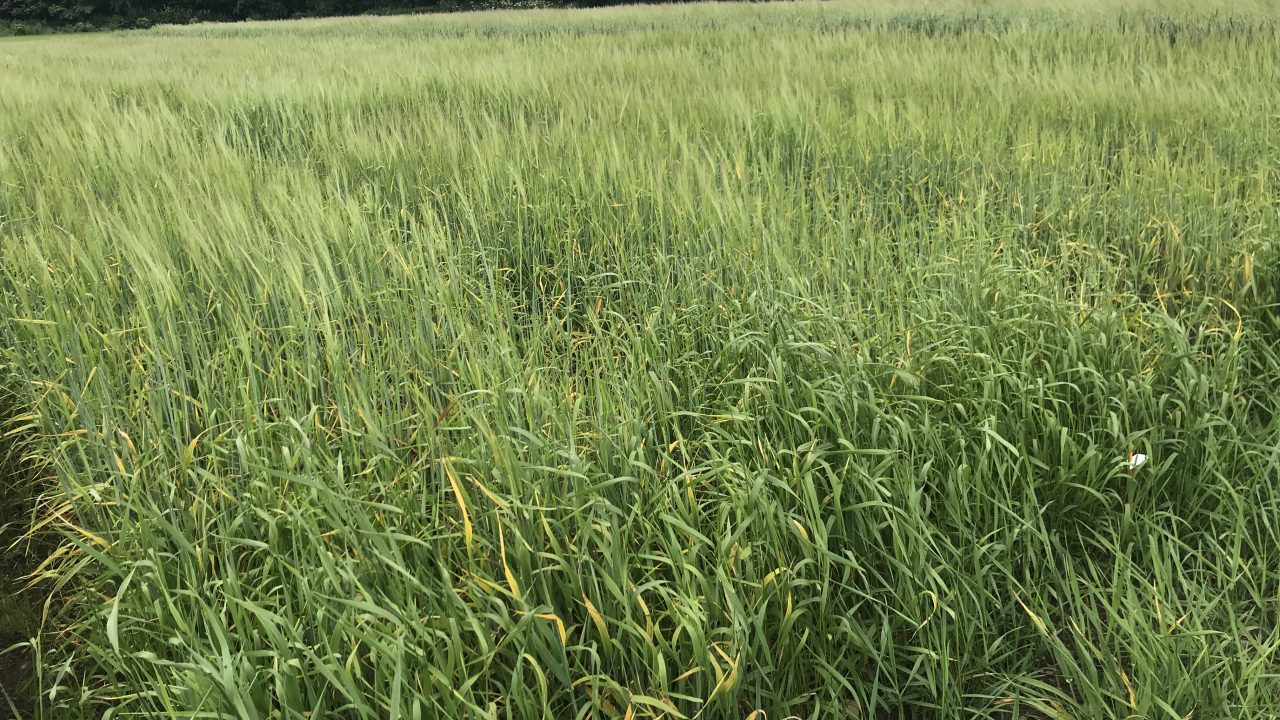Teagasc is predicting a very strong focus being placed on spring planting opportunities by Irish tillage farmers in 2023.
This reflects the fact that the overall tillage area is predicted to expand and the reality that the level of winter barley and winter oat planting levels are well down on previous years.
Teagasc’s Shay Phelan addressed these issues on a recent Tillage Edge podcast.
Significantly, he confirmed that there will be sufficient seed available to meet growers’ needs, once the spring planting season gets underway.
“Seed crops yielded well last year and the quality of the actual seed now available is excellent,” he said.
“So there should be enough seed to meet the demand of commercial growers over the coming weeks. There is already quite a lot of winter wheat seed on farm. And these stocks can be sown right up to the middle of February.
“In many cases, this represents a better cropping option than spring barley,” he added.
According to Phelan, there is also plenty of spring oat seed around.
“Normally, we grow around 25,000ha of spring oats in this country. But this is a fluid situation,” he continued.
“Typically, the varieties Isabel and Husky can be sown as spring oat varieties. As well as that, I would see there being enough seed around for farmers wanting to grow beans and peas next year.”
Payments for tillage farmers
The new Common Agricultural Policy (CAP) Strategic Plan has a direct bearing on the protein payments made available to Irish farmers over the coming years.
Shay Phelan addressed this issue: “All of this is a good news story in terms of the support that the European Union is now making available, where home-grown proteins are concerned.
“In line with this, our own department of agriculture has announced an increase in the support payments available for protein crops. There will be a kitty of €7 million available in 2023 for protein payments. This means that the minimum payment for growers will be €350/ha.
“This represents a €100 increase on the monies available up to this point.”
Phelan explained that the rate on offer is dependent on the overall area of protein crops that is planted out.
“So, in reality, growers could be receiving actual payments in the range €350 to €500/ha.
“As a consequence, the protein payment will go a long way in covering the input costs associated with the growing of peas and beans,” he said.
